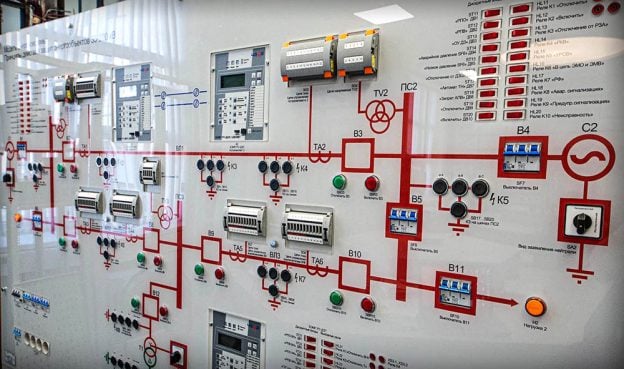Course Overview
Power system analysis is the core of power engineering and its understanding is therefore essential for a career in this field. In this course you will learn the essentials of generators, electrical transformers, capacitors, and transmission lines as well as their use in power system analysis. The course consists of 35 lectures in 4h 36m total length.
The course is divided into the following sections:
1. Generator Models
In section 1, we will introduce the synchronous generator, which is where all the power in power systems comes from. We’ll begin by defining the circuit model of the synchronous generator so that we can analyze its performance. We will then continue to discuss key concepts, such as voltage regulation and the power angle, and will end with several examples.
2. Transformer Models
In section 2, we will introduce the power transformer (also called an electrical transformer). Transformers allow power systems to operate at different voltage levels and are an essential part of any power system.
We will begin by defining the equivalent circuit model of a power transformer, and will then move on to discuss the approximate and simplified circuits. We will also solve several examples along the way.
3. The Per-Unit System
In this section we will introduce the per-unit system. The per-unit system is a technique used extensively in power system analysis and is therefore essential that it is understood. This technique allows for the analysis of a power system, which may have components operating at different voltage levels, into one continuous circuit.
We will solve several examples to illustrate how the per-unit system can help with the analysis of power systems.
4. Transmission Line Models
In section 4, we will discuss the different transmission line models depending on their length, as well as why these models are good approximations of real-life characteristics.
In each section, several examples are solved to illustrate how to analyze real-world power systems. By learning all the different circuit models of the components used in power systems, you will be able to continue your study of power system analysis for a career in power engineering and electrical engineering.
Course Overview
- Generator circuit models and their analysis
- The per-unit system and its use in analyzing power systems
- Transmission line circuit models including short, medium, and long lines
- How generators are used in power system analysis
- Electrical transformers circuit models and their analysis
- Advanced concepts in Power Engineering
Who Is This Course For
- Anybody with an interest in learning about power systems and power engineering
Requirements
- Basic knowledge of AC circuits
- Prior knowledge of circuit analysis
Downloadable course documents
After purchasing the course, students can download the following documents:
- Transmission and distribution technology overview (PDF)
- The basics of power transformers in transmission and distribution grids (PDF)
- Operation and maintenance of substation equipment and EHV transmission lines (PDF)
- Notes on electrical power generation, transmission and distribution (PDF)
- Generating power plant and transmission system protection coordination (PDF)
- Design And Construction Of Electrical Transmission And Distribution Lines (PDF)
- Class notes on electrical power transmission and distribution for students, 6th semester (PDF)
- 400-220 kV gas insulated (GIS) transmission substation controlled by SCADA (PDF)
Course Content
About Instructor



